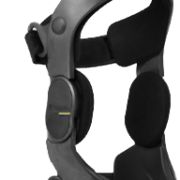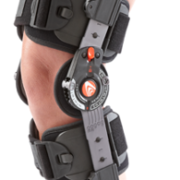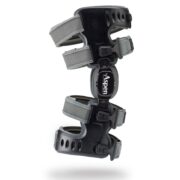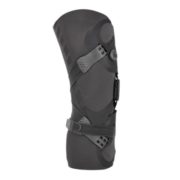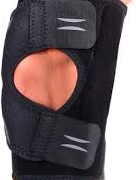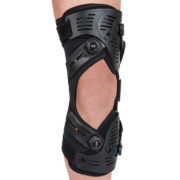With the right treatment, most broken bones will heal without any issues and return to normal function over time. With that said, some fractures can take much longer to heal and don’t heal properly for any number of reasons. Broken bones that do not heal are called non-union fractures, and there are some fractures that are more susceptible to non-union than others. Typically, bones that receive poor flow are more prone to become non-union fractures. These include talus fractures, femoral neck fractures, scaphoid fractures, and fifth metatarsal fractures.
What Are the Causes of Non-Union Fractures?
There are many different reasons that non-union fractures can occur and that the bone might not heal correctly. It’s crucial that your doctor or surgeon understands the reason for a non-union fracture so that they can administer the correct type of treatment. Some issues that can result in non-union fractures include infection at the site of the break, a lack of blood flow to the bone, the ends of the bone becoming separated, or the bone not being stabilized correctly during a surgical procedure.
The Symptoms of Non-Union Fractures
Non-union fractures can occur in any bone in the body, however, they are most common in the humerus, tibia, fifth metatarsal bone, and the talus, located in the ankle. While symptoms of non-union fractures can differ depending on where the issue occurs, most patients will experience pain, swelling, and tenderness around the affected area. Many patients also experience instability and find it difficult to bear weight where non-union fractures occur. Some patients may also notice deformities in their limbs or joints as a result of non-union fractures.
Common Treatment Options
Treatment options for non-union fractures will vary depending on the cause of the problem and the type of non-union fracture you have been diagnosed with. Once the reason for non-union fractures has been established, your medical provider will be able to determine the correct source of treatment to rectify the issue and begin the healing and recovery process. Surgery is often required to address any infection that may be present, improve the stability of the break, and stimulate bone growth using a bone graft. Plates. Crews and pins might be used internally to stabilize the fracture and a rigid frame may be used externally to support non-union fractures through the healing process. A bone stimulator device that emits ultrasonic or electromagnetic waves is sometimes used in place of surgery.
Get In Touch the Synergy Orthopedics Team To Find Out More
To ensure you have access to the high-quality orthopedic devices you need to aid your recovery, be sure to get in touch with our team at Synergy Orthopedics today. With the help of our expert team, you can ensure that you have all of the tools you need to decrease pain, increase strength and mobility, and get back to full function as quickly as you possibly can.
